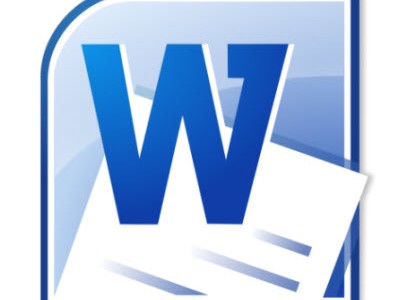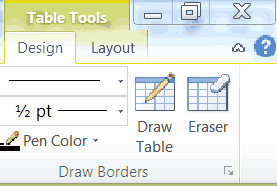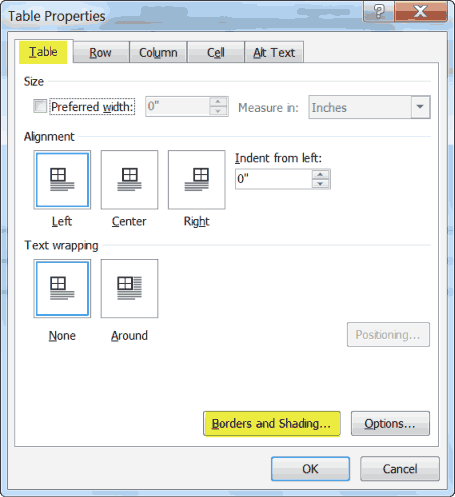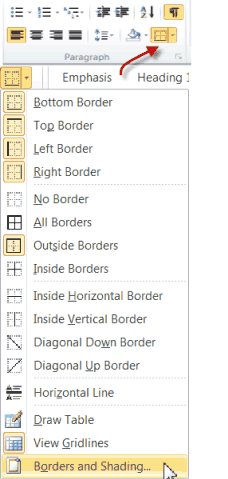With Remote Desktop Connection,
you can connect to a computer running Windows from another computer
running Windows that's connected to the same network or to the Internet.
For example, you can use all of your work computer's programs, files,
and network resources from your home computer, and it's just like you're
sitting in front of your computer at work.
To connect to a remote computer,
that computer must be turned on, it must have a network connection,
Remote Desktop must be enabled, you must have network access to the
remote computer (this could be through the Internet), and you must have
permission to connect. For permission to connect, you must be on the
list of users. Before you start a connection, it's a good idea to look
up the name of the computer you're connecting to and to make sure Remote
Desktop connections are allowed through its firewall.
If you're user account doesn't
require a password to sign in, you'll need to add a password before
you're allowed to start a connection with a remote computer.
Watch this video to learn how to connect to another computer using Remote Desktop Connection (1:13)
To allow remote
connections on the computer you want to connect to
1.
Open System by clicking the Start button
, right-clicking Computer, and then clicking Properties.
2.
Click Remote settings.
If you're prompted for an
administrator password or confirmation, type the password or provide
confirmation.
3.
Under Remote Desktop, select one of the three options.
4.
Click Select Users.
If you're an administrator
on the computer, your current user account will automatically be added to the
list of remote users and you can skip the next two steps.
5.
In the Remote Desktop Users dialog
box, click Add.
6.
In the Select Users or Groups dialog
box, do the following:
·
To specify the search location, click Locations,
and then select the location you want to search.
·
In Enter
the object names to select, type the name of the user that you want
to add, and then click OK.
The name will be displayed
in the list of users in the Remote Desktop Users dialog box. Click OK, and
then click OK again.
Note
·
You can’t connect to a computer that's asleep or hibernating, so
make sure the settings for sleep and hibernation on the remote computer are set
to Never.
(Hibernation is not available on all computers.) For information about making
those changes, see Change,
create, or delete a power plan (scheme).
To look up the
computer name of the remote computer
1. On
the remote computer, open System by
clicking the Start button
, right-clicking Computer, and then clickingProperties.
2.
Under Computer name, domain, and workgroup settings, you can
find your computer name, and its full computer name if your computer is on a
domain.
Your network administrator might also be
able to give you the name of the computer.
To allow Remote
Desktop connections through a Windows Firewall
If you're having trouble connecting,
Remote Desktop connections might be getting blocked by the firewall. Here's how
to change that setting on a Windows PC. If you're using another firewall, make
sure the port for Remote Desktop (usually 3389) is open.
1.
On the remote computer, click Start and
select Control
Panel.
2.
Click System and Security.
3.
Click Allow a program through Windows Firewall under Windows Firewall.
4.
Click Change settings and
then check the box next to Remote Desktop.
5.
Click OK to save
the changes.
To set a
password for your user account
Your user account must have a password
before you can use Remote Desktop to connect to another computer.
1.
Click Start and
select Control
Panel.
2.
Double-click User Accounts.
3.
Select Change your Windows Password under User Accounts.
4.
Click Create a password for your account and follow the instructions on the
screen.
To start Remote
Desktop on the computer you want to work from
1.
Open Remote Desktop
Connection by clicking the Start button
. In the search box, type Remote
Desktop Connection, and then, in the
list of results, click Remote Desktop Connection.
2.
In the Computer box,
type the name of the computer that you want to connect to, and then click Connect.
(You can also type the IP address instead of the computer name.)
Notes
·
To find the Remote Desktop Connection shortcut, click the Start button
, click All Programs, and then click Accessories.
To quickly open Remote Desktop Connection, click the Start button
, type mstsc in
the search box, and then press Enter.
·
Redirecting a device on your computer makes it
available for use in a Remote Desktop session. If a Remote Desktop
Connection dialog box
appears after you click Connect and
enter your credentials, you can redirect local devices and resources, such as
your local drives or Clipboard. Click Details, and then select the check box for each item you
want to redirect.
For
more information about Remote Desktop, see Remote Desktop
Connection: frequently asked questions.
Source : microsoft.com/










